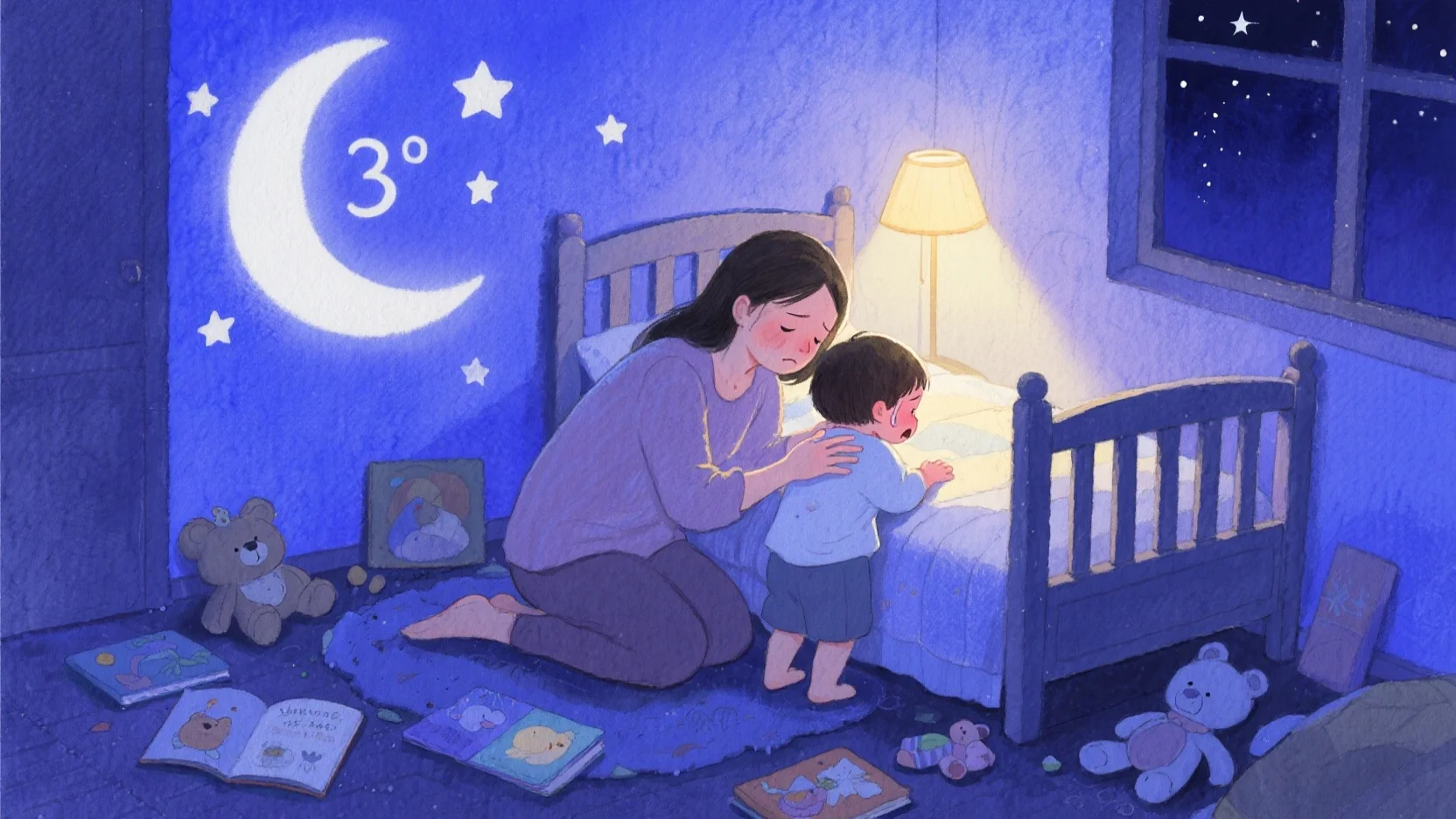As parents, we want our children to experience healthy, fulfilling relationships. However, dating violence is more common than many realize, making it crucial to educate kids early. This guide offers expert-backed advice on starting—and maintaining—open conversations about red flags, boundaries, and abuse.
Why These Conversations Matter
Many teens face dating violence without realizing it. A recent national study found that nearly 70% of teens experienced abuse in the past year. While physical violence is often discussed, psychological abuse is even more prevalent.
Parents play a key role in prevention. If we avoid these talks, teens may:
- Associate relationships with secrecy or shame (as many of us did growing up).
- Miss warning signs of unhealthy dynamics.
- Feel unprepared to set boundaries or seek help.
When to Start the Conversation
It’s never too early to teach kids about respect, consent, and boundaries:
- Elementary school: Discuss treating peers kindly and resolving conflicts without violence.
- Middle school: Talk about crushes, emotional safety, and red flags (e.g., jealousy or excessive control).
- High school: Dive deeper into healthy vs. unhealthy relationships, emphasizing mutual respect.
Programs like Coaching Boys Into Men can help, but parents are the most trusted source—kids rely on your guidance.
How to Spot Warning Signs
Abuse isn’t always physical. Watch for:
- Sudden changes in mood, interests, or friendships.
- A partner who demands constant contact or isolates them.
- Excuses for a partner’s behavior (e.g., “They’re just jealous because they love me”).
Approach gently:
- “I’ve noticed you seem stressed lately. Want to talk about it?”
- “How do you feel about the way your partner treats you?”
Model Healthy Relationships
Kids learn from what they see. Demonstrate:
- Respect for boundaries (e.g., knocking before entering their room).
- Consent in everyday interactions (e.g., “Can I give you a hug?”).
- Open communication about emotions and conflict resolution.
Discuss Dating and Sex Honestly
Teens do listen—even if they seem disinterested. Try:
- Casual chats during car rides or shared activities.
- Using TV shows (Sex Education, Maid) or books to spark discussions.
- Sharing (age-appropriate) personal experiences to reduce stigma.
Supporting a Child in an Abusive Relationship
If you suspect abuse:
- Stay calm. Say, “I’m here for you, no matter what.”
- Avoid ultimatums. Forcing them to leave or report can backfire.
- Connect them with help:
- Local advocacy centers.
- Hotlines like loveisrespect.org (text LOVEIS to 22522).
For marginalized teens (LGBTQ+, BIPOC), barriers like fear of discrimination or lack of resources may exist. Be their ally in finding safe support.
If Your Child Is the Abuser
Some teens minimize or blame their partner. Seek help if they:
- Show no remorse.
- Refuse to change harmful behaviors.
Advocates can guide you on next steps.
Key Takeaways
- Start early, talk often. Make conversations ongoing, not one-time lectures.
- Normalize openness. Reduce shame around relationships and sex.
- Lead by example. Show healthy conflict resolution and respect.
- Offer unwavering support. Even if they push you away, remind them: “I’m here when you’re ready.”
By fostering trust and awareness, you empower your child to build safer, happier relationships.
Need immediate help? Contact:
- National Domestic Violence Hotline: 1-800-799-SAFE (7233)
- Love is Respect: 1-866-331-9474 or text LOVEIS to 22522
Note: This guide includes general advice. For personalized support, consult a professional.








